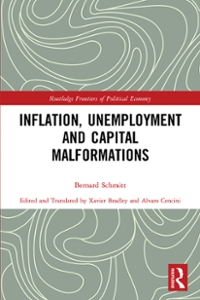Help with this question??? Thank You! (Please answer specifically, thank you!) (You can zoom in the picture)
2. Cournot competition Consider a town in which only two residents, Andrew and Beth, own wells that produce water safe for drinking. Andrew and Beth can pump and sell as much water as they want at no cost. Assume that outside water cannot be transported into the town for sale. The following questions will walk you through how to compute the Cournot quantity competition outcome for these duopolists. Consider the market demand curve for water and the marginal cost for collecting water on the following graph. Assume Andrew believes that Beth is going to collect 12 gallons of water to sell. On the graph, use the purple points (diamond symbols) to plot the demand curve (D,) Andrew faces; then use the grey points (star symbol) to plot the marginal revenue curve (MR, ) Andrew faces. Finally, use the black point (plus symbol) to indicate the profit-maximizing price and quantity (Profit Max 1) in this case. Note: Dashed drop lines will automatically extend to both axes. (?) 24 TMarket Demand D, MR, PRICE (Dollars per gallon) Profit Max 1 MO 2 10 12 14 16 18 20 22 24 QUANTITY (Gallons of water) Instead, now assume Andrew believes that Beth is going to collect 16 gallons of water to sell, rather than 12.On the following graph, use the purple points (diamond symbol) to plot the demand curve (Do) Andrew faces; then use the grey points (star symbol) to plot the marginal revenue curve (MRa) Andrew faces. Finally, use the black point (plus symbol) to indicate the profit-maximizing price and quantity (Profit Max 2) in this case. (? 24 Market Demand D., MR. .+ PRICE (Dollars per gallon) Profit Max 2 N MC 2 4 6 8 10 12 14 16 18 20 22 24 QUANTITY (Gallons of water) Fill in the following table with the quantity of water Andrew produces, given various production choices by Beth. Beth's Water Production Andrew's Water Production (Gallons of water) (Gallons of water) 12 16Given the information in this table, use the green points (triangle symbol) to plot Andrew's best-response function (BRF) on the following graph. Since Andrew and Beth face the same costs for producing water, Beth's best-response function is simply the reverse of Andrew's; that is, the curve has the same shape, but the horizontal and vertical intercept values are switched. Therefore, you can derive Beth's best-response function by following the same analysis as in the previous question, but from Beth's perspective. Use the purple points (diamond symbol) to plot her best-response function on the graph. Finally, use the black point (plus symbol) to indicate the unique Nash equilibrium under Cournot quantity competition. A Andrew's BRF Beth's BRF BETH'S QUANTITY (Gallons of water) .+ Profit Max 2 8 10 12 14 16 18 20 22 24 ANDREW'S QUANTITY (Gallons of water) True or False: According to his best-response function, Andrew will always want to increase his output as Beth decreases hers. O True O False









